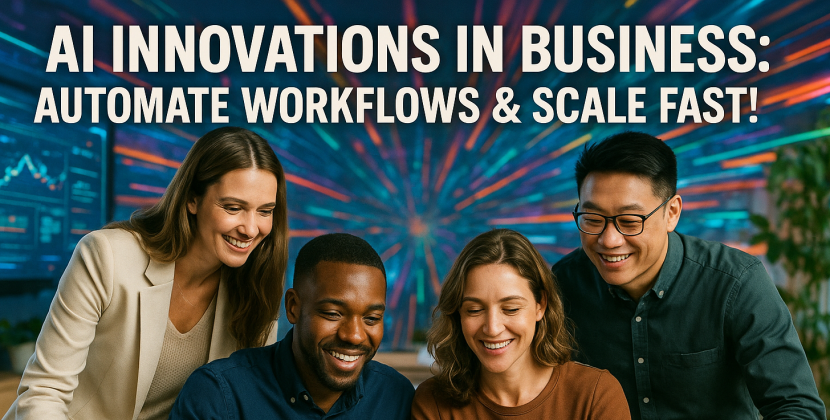
Sustainable Development Goals (SDGs) are a set of 17 goals adopted by the United Nations General Assembly in 2015 to address social, economic, and environmental challenges facing the world. The SDGs provide a roadmap for a better and more sustainable future for all, but achieving them requires the collective effort of governments, private sector, civil society, and individuals. Local governments, in particular, have a critical role to play in advancing SDGs at the community level, where the impacts are most felt. However, they face several challenges and opportunities in doing so.
Challenges
Limited Resources: Local governments often lack the financial and technical resources needed to implement the SDGs effectively. Many local governments operate on tight budgets and have limited staff capacity to carry out the necessary planning, monitoring, and evaluation of SDG initiatives. This can hinder their ability to prioritize SDGs and allocate resources accordingly.
Political Will: While SDGs are a global agenda, their success largely depends on the political will of local governments. In some cases, local governments may not prioritize SDGs due to competing demands or political pressures. This can lead to a lack of commitment to the SDGs and limited progress towards achieving them.
Data and Information Gaps: Accurate and reliable data is crucial for monitoring and evaluating progress towards SDGs. However, many local governments face data and information gaps, making it difficult to track progress and identify areas that require attention. This can hinder their ability to develop evidence-based policies and strategies to advance the SDGs.
Opportunities
Community Engagement: Local governments are uniquely positioned to engage with their communities and raise awareness about the SDGs. They can involve citizens in the planning and implementation of SDG initiatives, and create opportunities for dialogue and collaboration. This can help to build a sense of ownership and responsibility among citizens, and increase the likelihood of success.
Innovative Solutions: Local governments can leverage their knowledge of local contexts and relationships with other stakeholders to develop innovative solutions to address SDG challenges. For example, they can collaborate with the private sector to develop sustainable business practices that support SDGs, or partner with civil society organizations to promote gender equality and social inclusion.
International Collaboration: Local governments can learn from and collaborate with other governments and organizations around the world to advance the SDGs. They can share experiences and best practices, and build networks to support their efforts. This can help to create a global movement for sustainable development, and accelerate progress towards the SDGs.
Conclusion
Advancing the SDGs requires the collective effort of all actors, including local governments. While they face several challenges, there are also opportunities for local governments to play a leading role in advancing sustainable development at the community level. By engaging with their communities, developing innovative solutions, and collaborating with other actors, local governments can contribute to a more sustainable and equitable future for all.









